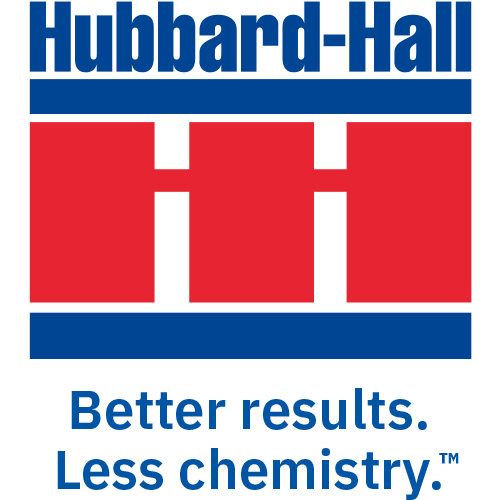Is Displacement Cleaning For You?
Is Displacement Cleaning For You?
By monitoring the cleaning tank and down line tanks, here are some practical observations to consider :
- insufficient emulsification capability of the cleaner, with relatively short service life of the working bath
- oils and grease dragging down the line
- poor cleaning
- oily and discolored plating barrels
- excessive downtime and consumption of waste treatment chemicals, all related to frequent cleaner dumps
Displacement cleaning has a positive impact on all of the above items as long as the candidate displacement type cleaner is appropriate for the intended application. The emergence of oils and grease on the surface does, however introduce a new problem, namely how to efficiently remove them. Belts and disks are relatively inexpensive, durable oil removal devices. Here are some considerations to be aware of.
The belt’s length is not a critical factor. What is of importance is the width. Since a surface layer of oil is being skimmed, the belt width is of practical importance to optimize skimming versus tank size. The following examples indicate rate of oil pick up based on belt selection.
| Belt Width (inches) |
Tank Size (gal) |
Gal/Hour Skimmed |
| 1 |
18 |
1 |
| 1 or 2 |
100 |
3-6 |
| 4 |
540 |
6-12 |
The disk diameter is also important. Available surface area to pick up oil increases with disk diameter. Positioning the disk is also very important. Ideally it should be within the oil layer or just below it. The following are given for approximate oil removal and disk selection.
| Disk Diameter (inches) |
Disk Dia. Inches Below Surface |
Gal/Hour Skimmed |
| 12 |
4.5 |
1-2 |
| 18 |
7.5 |
3-5 |
| 24 |
10 |
8-10 |
A shallow better conforms to a smaller diameter disk skimmer. The disks in the above example range in weight from 13-19 lbs with a speed of 7-8 RPM. I prefer stainless steel disks because they provide the best service life and durability, especially not warping.
Other viable mechanical oil removal devices include coalescers and ultrafiltration.
March 2, 2018
For Testing Fields:
![]() Start Date:
Start Date:
End Date:
Location:
Booth Number:
External Link:
Is External Link?
Excerpt: By monitoring the cleaning tank and down line tanks, here are some practical observations to consider: insufficient emulsification capability of the cleaner, with relatively short service life of the working bath; oils and grease dragging down the line; poor cleaning; oily and discolored plating barrels; excessive downtime and consumption of waste treatment chemicals, all related to frequent cleaner dumps.
Full Text: By monitoring the cleaning tank and down line tanks, here are some practical observations to consider :
- insufficient emulsification capability of the cleaner, with relatively short service life of the working bath
- oils and grease dragging down the line
- poor cleaning
- oily and discolored plating barrels
- excessive downtime and consumption of waste treatment chemicals, all related to frequent cleaner dumps
Displacement cleaning has a positive impact on all of the above items as long as the candidate displacement type cleaner is appropriate for the intended application. The emergence of oils and grease on the surface does, however introduce a new problem, namely how to efficiently remove them. Belts and disks are relatively inexpensive, durable oil removal devices. Here are some considerations to be aware of.
The belt’s length is not a critical factor. What is of importance is the width. Since a surface layer of oil is being skimmed, the belt width is of practical importance to optimize skimming versus tank size. The following examples indicate rate of oil pick up based on belt selection.
| Belt Width (inches) |
Tank Size (gal) |
Gal/Hour Skimmed |
| 1 |
18 |
1 |
| 1 or 2 |
100 |
3-6 |
| 4 |
540 |
6-12 |
The disk diameter is also important. Available surface area to pick up oil increases with disk diameter. Positioning the disk is also very important. Ideally it should be within the oil layer or just below it. The following are given for approximate oil removal and disk selection.
| Disk Diameter (inches) |
Disk Dia. Inches Below Surface |
Gal/Hour Skimmed |
| 12 |
4.5 |
1-2 |
| 18 |
7.5 |
3-5 |
| 24 |
10 |
8-10 |
A shallow better conforms to a smaller diameter disk skimmer. The disks in the above example range in weight from 13-19 lbs with a speed of 7-8 RPM. I prefer stainless steel disks because they provide the best service life and durability, especially not warping.
Other viable mechanical oil removal devices include coalescers and ultrafiltration.
March 2, 2018






